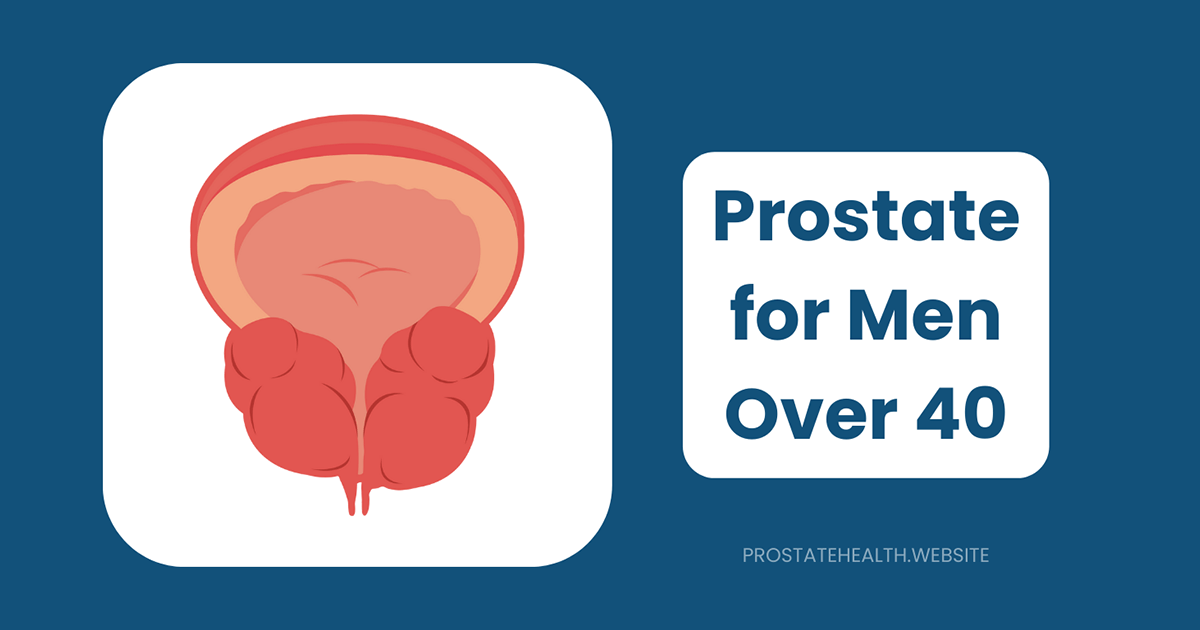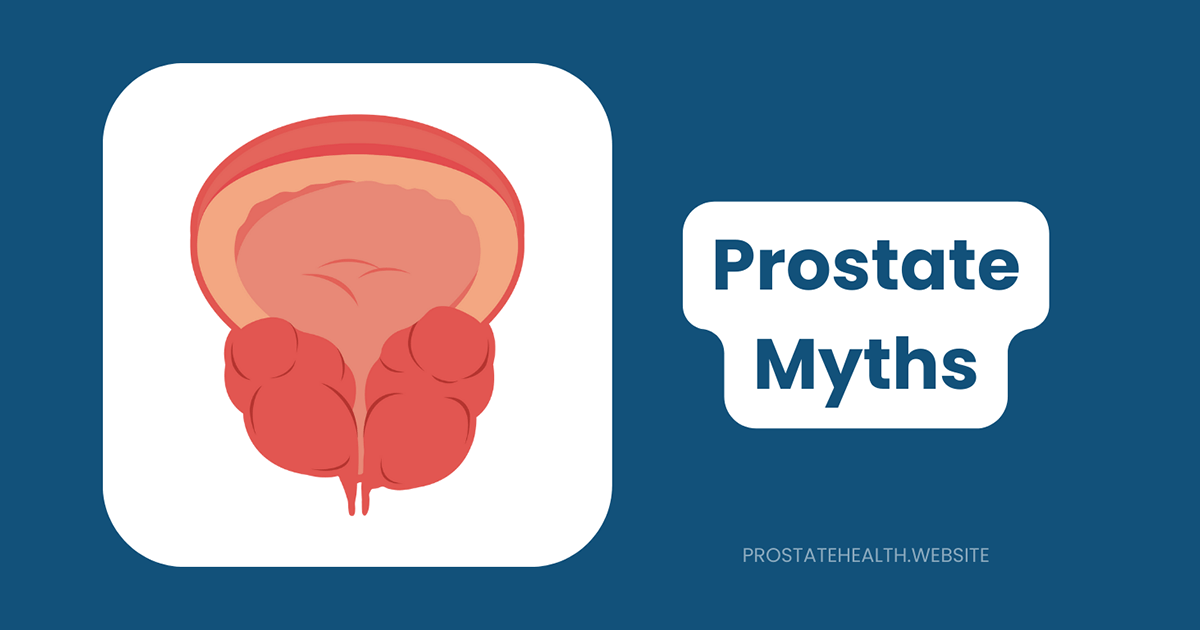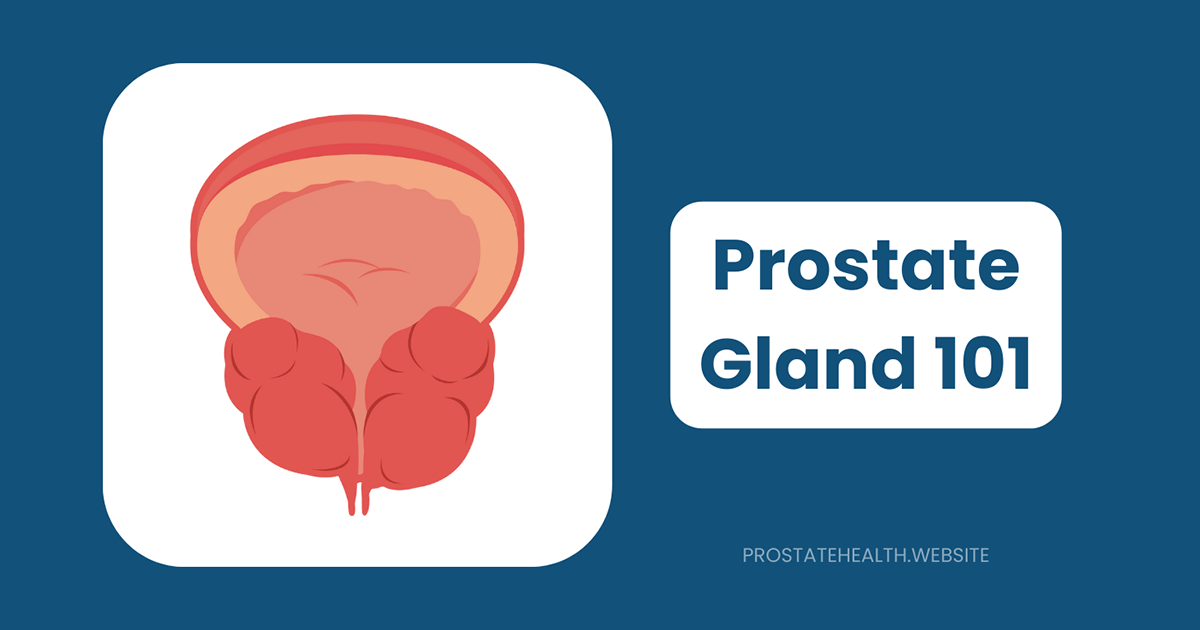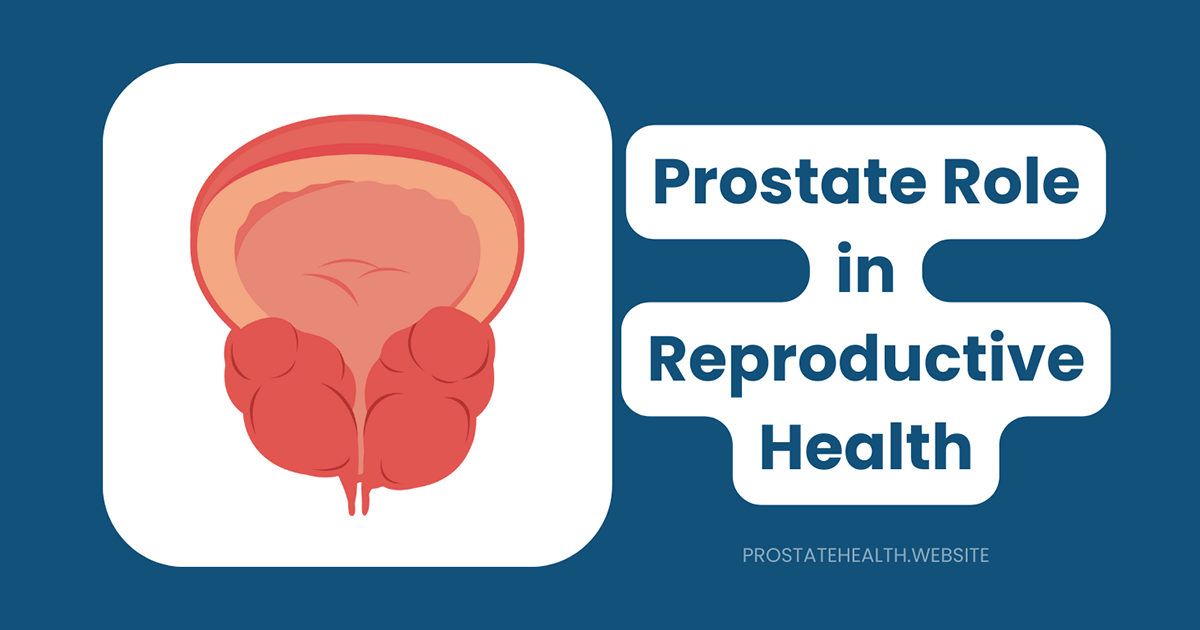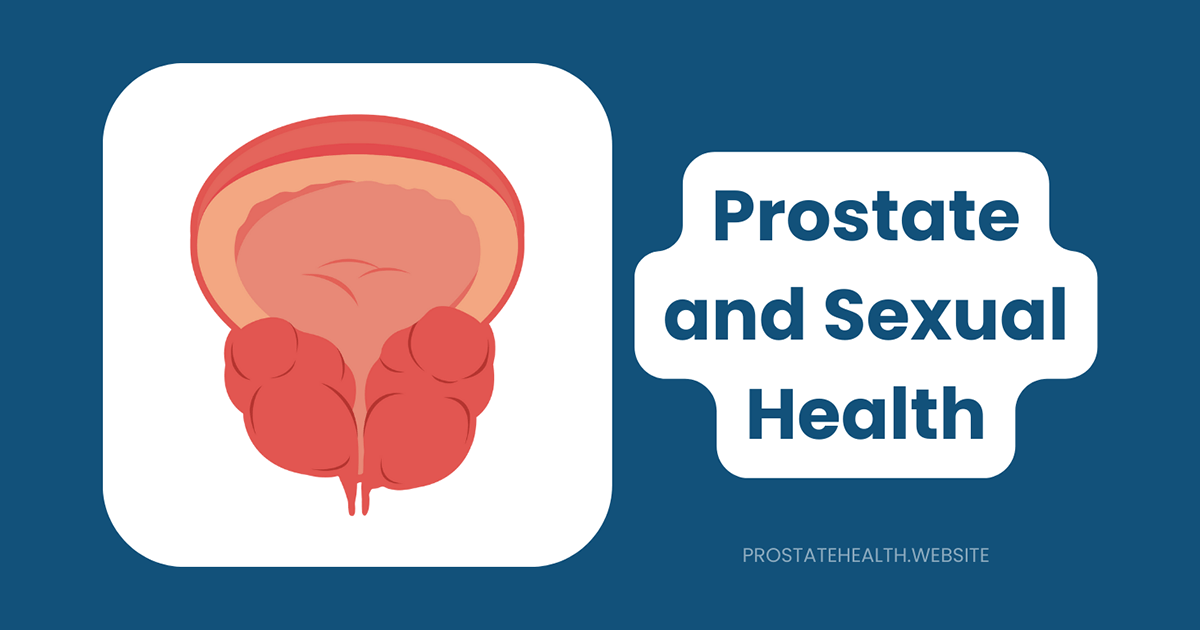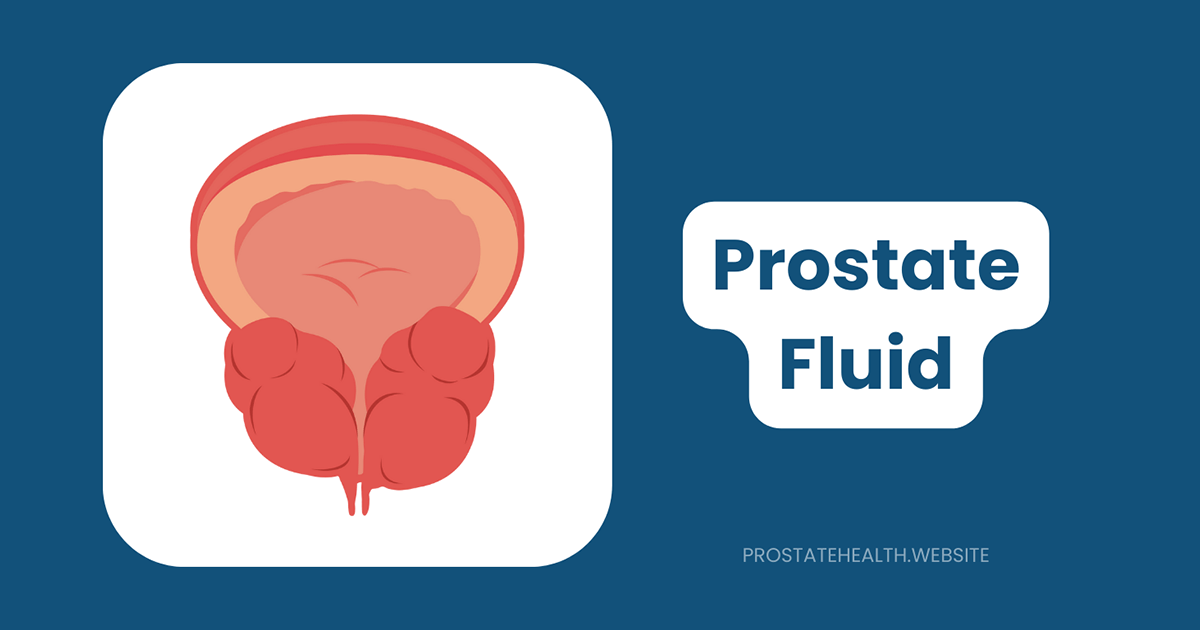The Relationship Between Prostate Health and Urinary Function: What Every Man Should Know
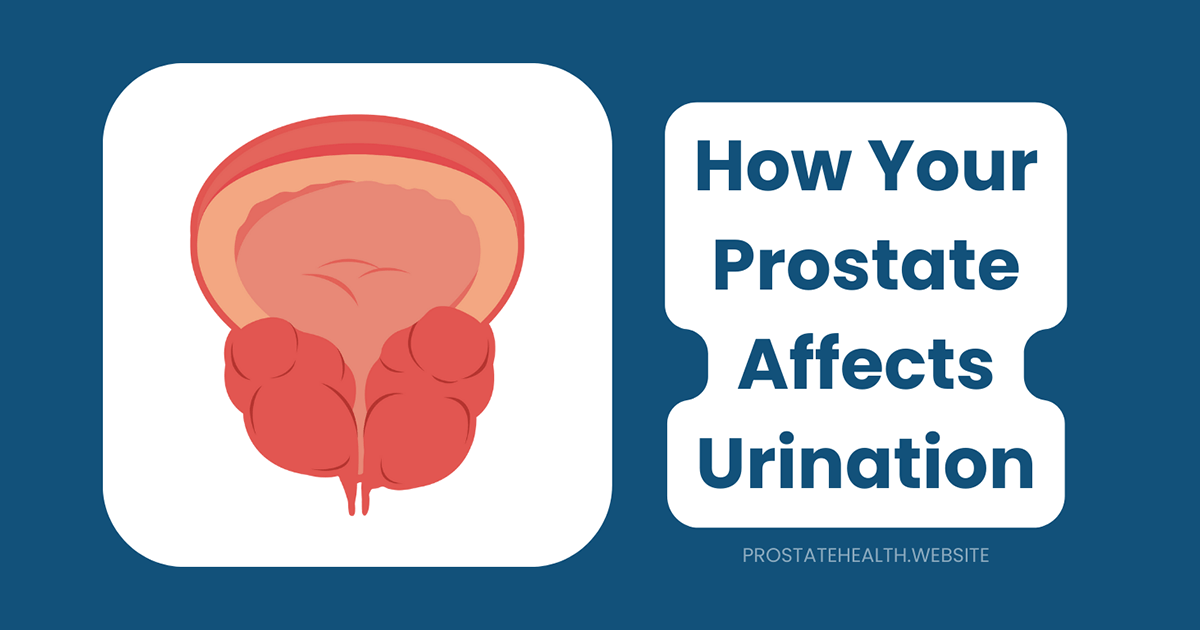
For many men, the first sign of prostate issues isn’t pain in the prostate itself—it’s changes in how they urinate. This intimate connection between prostate health and urinary function is something every man should understand, yet it remains shrouded in confusion and sometimes embarrassment.
In this comprehensive guide, we’ll explore the crucial relationship between your prostate and urinary system, helping you recognize when changes might signal a problem and what you can do to maintain optimal urination function throughout your life.
The Anatomical Connection: How Your Prostate and Urinary System Work Together
To understand why prostate problems so often affect urination, we need to appreciate the remarkable design of male anatomy.
The prostate is a walnut-sized gland located directly below the bladder. It surrounds the urethra—the tube that carries urine from your bladder out through your penis—like a donut. This positioning is perfect for the prostate’s reproductive function of adding fluid to semen during ejaculation, but it also means any change in prostate size or shape can directly impact urinary flow.
Dr. Robert Chen, urologist at University Medical Center, explains: “Think of your urethra as a garden hose running through the center of the prostate. When the prostate enlarges, it’s like someone squeezing that hose—the flow naturally becomes restricted.”
How Prostate Conditions Affect Urinary Function
Benign Prostatic Hyperplasia (BPH)
BPH—non-cancerous enlargement of the prostate—is the most common prostate condition affecting urinary function. According to recent statistics, BPH affects over 50% of men over 50 and more than 80% of men over 70.
As the prostate grows, it can compress the urethra and partially block urine flow from the bladder. This obstruction can lead to various urinary symptoms:
- Weak urine stream
- Difficulty starting urination
- Frequent urination, especially at night (nocturia)
- Feeling that the bladder isn’t completely empty
- Urgency or sudden need to urinate
- Straining to urinate
- Intermittent stream (starting and stopping)
Over time, untreated BPH can lead to bladder changes as the bladder muscle thickens to overcome the resistance caused by the enlarged prostate. This can eventually result in reduced bladder capacity, increased urgency, and in severe cases, bladder damage.
Prostatitis
Prostatitis—inflammation of the prostate—can also significantly impact urinary function. Unlike BPH, prostatitis can affect men of any age and often comes with pain symptoms alongside urinary changes.
Urinary symptoms of prostatitis may include:
- Painful urination (dysuria)
- Frequent urination
- Difficulty urinating
- Blood in urine (in some cases)
- Urinary urgency
“The inflammation associated with prostatitis can cause the prostate tissue to swell, creating pressure on the urethra similar to BPH, but often with added pain symptoms,” notes Dr. Sarah Williams, specialist in men’s urological health.
Prostate Cancer
While early-stage prostate cancer often causes no urinary symptoms, advanced cases can affect urination as the tumor grows and presses on the urethra. This is why any new urinary symptoms in men over 50 should be evaluated by a healthcare provider, even though most will not be caused by cancer.
The Bladder’s Response to Prostate Problems
The relationship between the prostate and urinary function isn’t one-sided. When prostate issues obstruct urine flow, the bladder must work harder to push urine through the narrowed urethra. This extra effort can lead to bladder changes over time:
- Bladder wall thickening: The bladder muscle (detrusor) becomes thicker and stronger as it works against resistance.
- Reduced bladder capacity: As the bladder wall thickens, the bladder may hold less urine, leading to more frequent urination.
- Bladder instability: The overworked bladder may become “twitchy,” contracting unexpectedly and causing sudden urges to urinate.
- Incomplete emptying: The bladder may not empty completely, leaving residual urine that can increase the risk of urinary tract infections.
Dr. James Wilson of Cleveland Medical Center explains: “Many men focus solely on their prostate when experiencing urinary problems, but the bladder’s response to prostate obstruction is equally important. Sometimes, even after treating the prostate issue, bladder symptoms persist because the bladder has undergone these adaptive changes.”
Assessing Your Urinary Symptoms: The IPSS Score
If you’re experiencing urinary symptoms, the International Prostate Symptom Score (IPSS) is a validated tool that can help quantify their severity. This questionnaire asks about seven key urinary symptoms and their impact on quality of life.
Scores range from 0-35, with higher scores indicating more severe symptoms:
- Mild symptoms: 1-7
- Moderate symptoms: 8-19
- Severe symptoms: 20-35
Breakthrough Treatments Preserving Both Urinary and Sexual Function
Recent advances in prostate treatment are focusing not just on improving urinary symptoms but also on preserving sexual function—a concern for many men considering treatment.
According to research presented at the 2025 European Association of Urology Congress, a procedure called Aquablation is showing promising results for men with enlarged prostates. This minimally invasive treatment uses a high-pressure water jet to remove excess prostate tissue under robotic guidance.
The WATER III trial found that only 15% of men who underwent Aquablation experienced retrograde ejaculation (when semen flows backward into the bladder instead of out through the penis), compared to 77% of men who had traditional laser surgery. Urinary incontinence was also lower in the Aquablation group (9% versus 20%).
“These newer treatments are game-changers for men who want relief from urinary symptoms without sacrificing sexual function,” says Dr. Michael Chen, urologist specializing in minimally invasive procedures. “We’re finally moving beyond the old paradigm where men had to choose between urinary relief and sexual side effects.”
Lifestyle Factors That Affect Both Prostate and Urinary Health
Several lifestyle factors can influence both prostate and urinary health:
Diet and Nutrition
Research suggests that certain dietary patterns may support both prostate and urinary health:
- Mediterranean diet: Rich in fruits, vegetables, whole grains, fish, and olive oil, this eating pattern has been associated with reduced risk of prostate enlargement and improved urinary symptoms.
- Limiting caffeine and alcohol: Both are bladder irritants that can worsen urinary symptoms in men with prostate issues.
- Staying hydrated: Proper hydration supports overall urinary tract health, but timing your fluid intake (drinking more earlier in the day and less in the evening) can help reduce nighttime urination.
Physical Activity
Regular exercise appears to benefit both prostate and urinary function:
- A 2024 meta-analysis found that men who engaged in regular moderate physical activity had a 25% lower risk of BPH progression compared to sedentary men.
- Specific pelvic floor exercises can help improve urinary control in men with mild to moderate symptoms.
Weight Management
Maintaining a healthy weight is important for both prostate and urinary health:
- Obesity is associated with increased risk of BPH, more severe urinary symptoms, and faster progression of prostate growth.
- Recent research with GLP-1 receptor agonists (medications used for weight loss) has shown improvements in testosterone levels and urinary function in men with obesity and type 2 diabetes.
When to See a Doctor About Urinary Symptoms
While mild urinary changes may occur with age, certain symptoms warrant prompt medical attention:
- Blood in urine (hematuria)
- Complete inability to urinate (urinary retention)
- Pain during urination that doesn’t resolve quickly
- Urinary symptoms that develop suddenly
- Progressive worsening of urinary symptoms
- Urinary symptoms accompanied by fever, chills, or back pain
Remember: Early intervention often leads to better outcomes and may prevent complications like bladder damage or kidney problems.
The Bottom Line: Proactive Management for Better Quality of Life
Understanding the relationship between your prostate and urinary function empowers you to take control of your health. By recognizing symptoms early, seeking appropriate care, and making lifestyle changes that support both prostate and urinary health, you can maintain better quality of life throughout your adult years.
Don’t let embarrassment prevent you from discussing urinary symptoms with your healthcare provider. These conversations are routine for medical professionals and addressing problems early can save you from more serious complications down the road.
Resources for Further Information
- American Urological Association
- Urology Care Foundation
- National Institute of Diabetes and Digestive and Kidney Diseases

